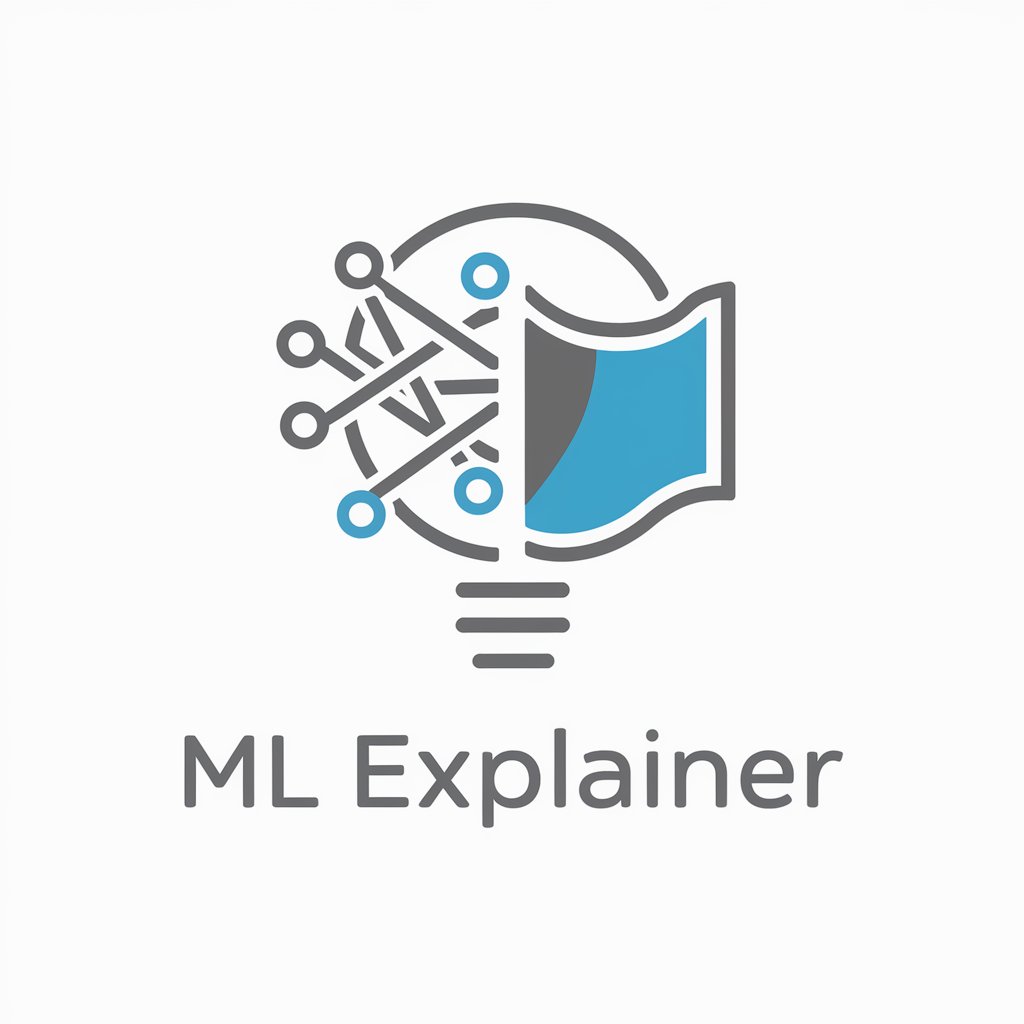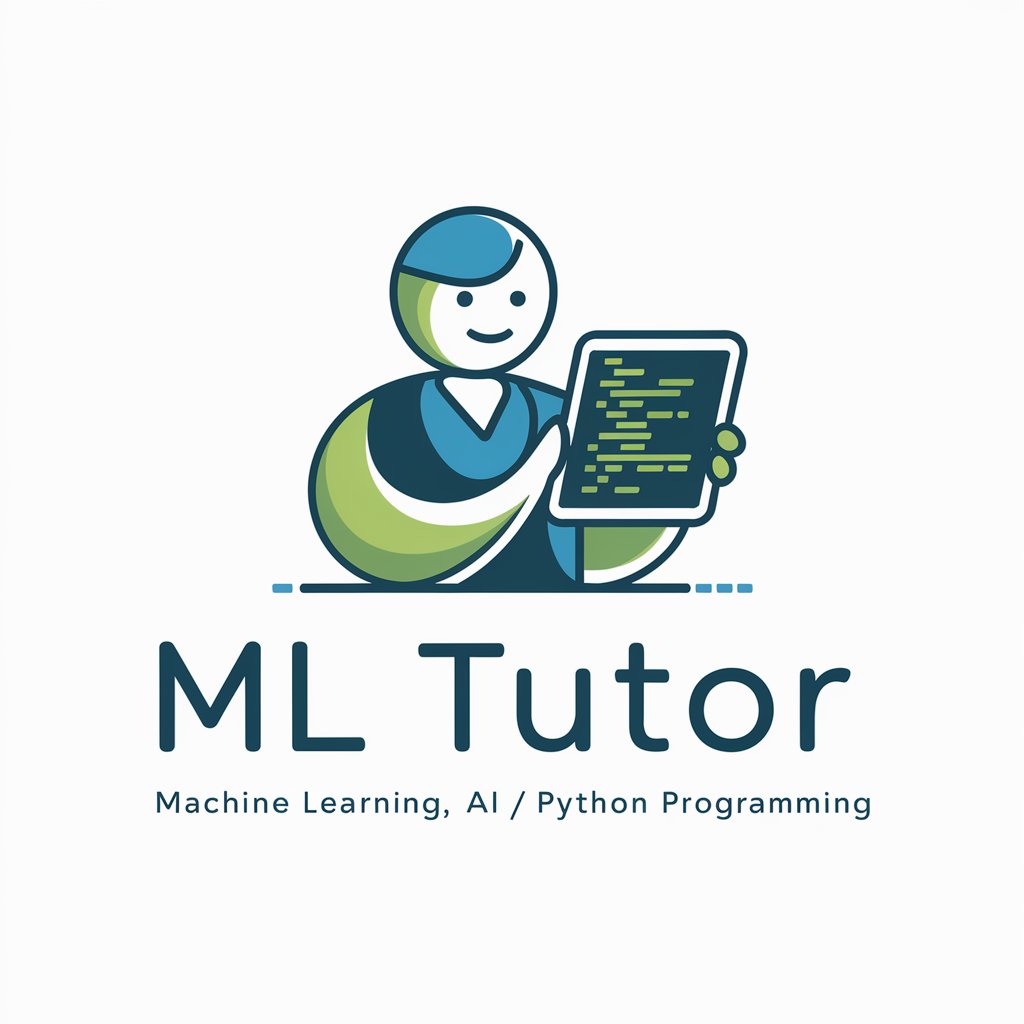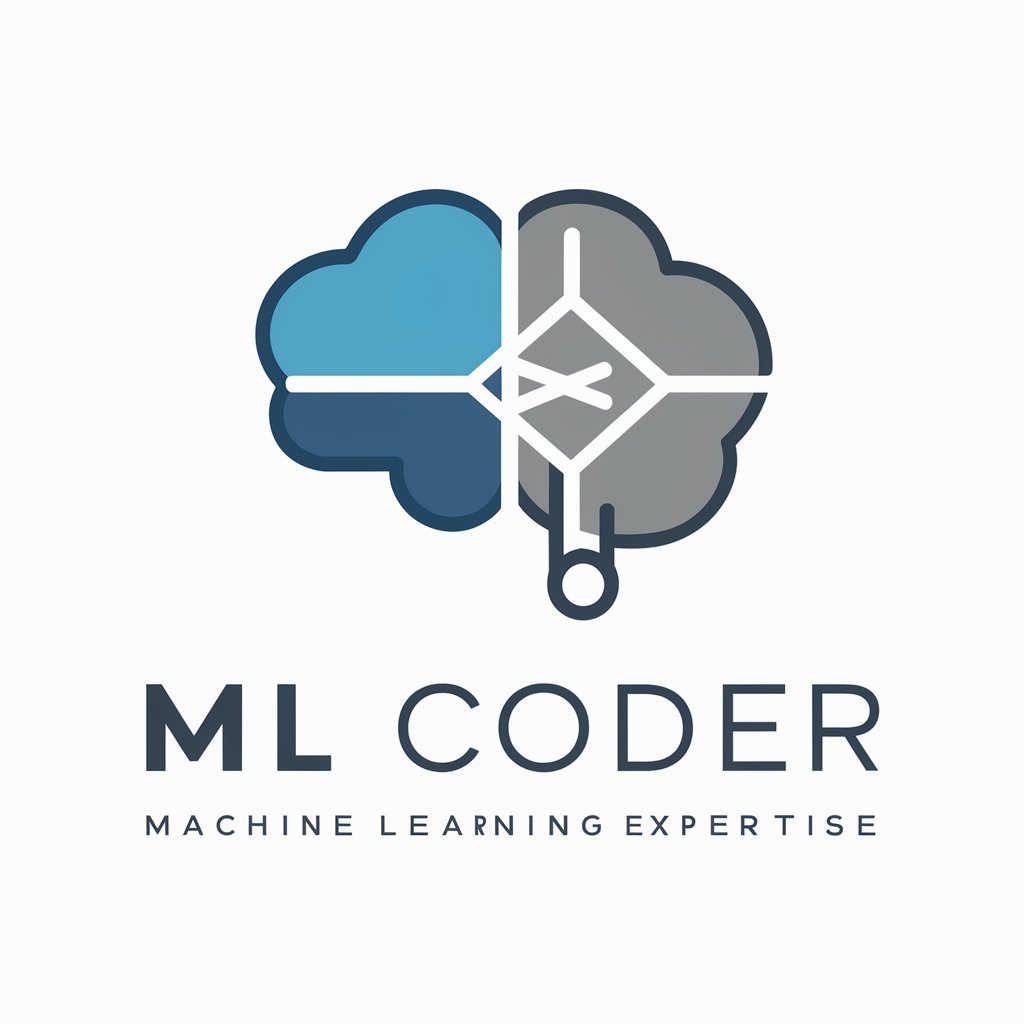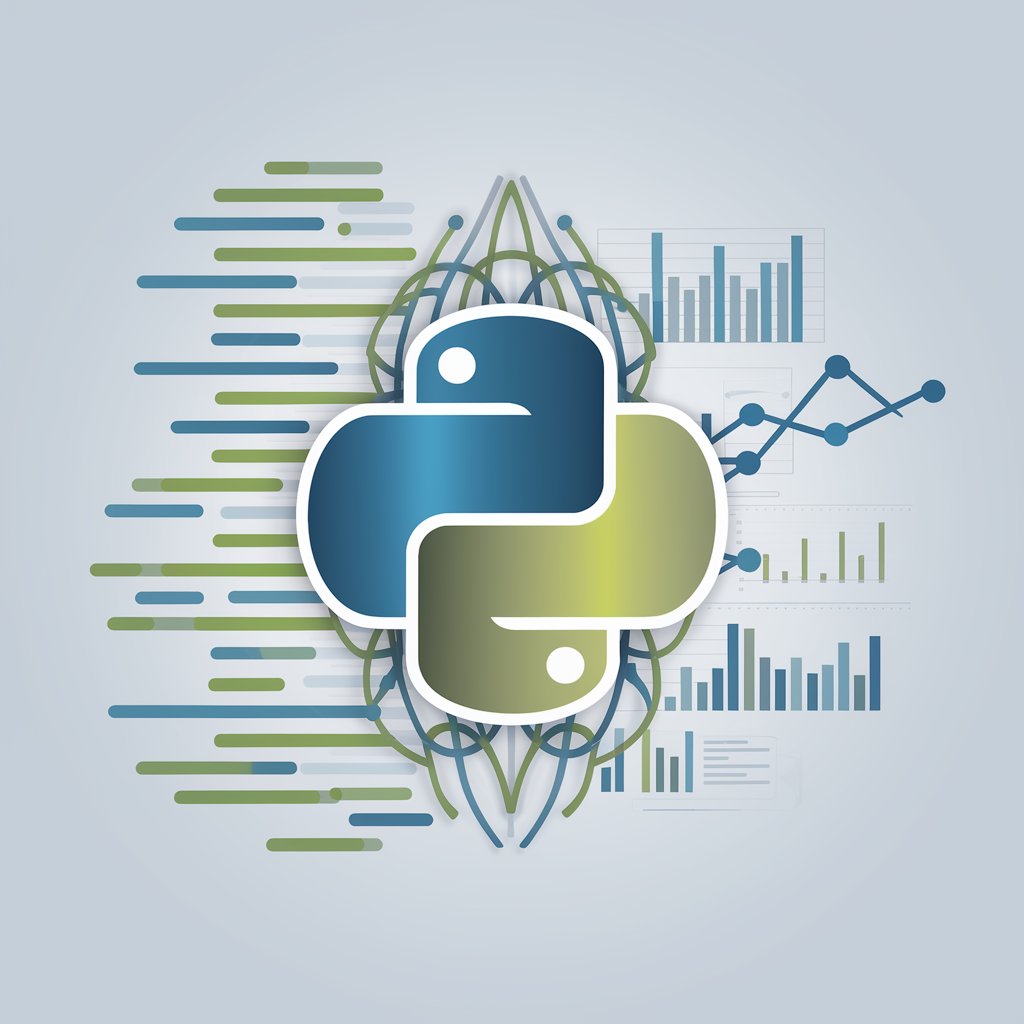ML Explainer - ML Concept Explainer

Welcome! Let's make machine learning simple and clear.
Unraveling AI with AI-powered explanations
Can you explain the concept of
How does
What are the key differences between
Could you provide an example of
Get Embed Code
Introduction to ML Explainer
ML Explainer is designed to demystify complex machine learning (ML) concepts and methodologies, making them accessible and understandable to a broad audience. Its primary function is to explain, in detail, various ML topics, from foundational principles to advanced techniques. ML Explainer provides step-by-step instructions, visual demonstrations, and additional learning resources to ensure comprehension. For example, if a user wants to understand how neural networks operate, ML Explainer could break down the topic into digestible segments discussing neurons, layers, activation functions, and how these elements work together to process data. Powered by ChatGPT-4o。

Main Functions of ML Explainer
Explaining Machine Learning Concepts
Example
For a user unfamiliar with decision trees, ML Explainer would describe how these models split data into branches to make predictions, providing a visual flowchart to illustrate the branching process.
Scenario
A beginner in data science wants to understand how decision trees are used in predicting customer churn. ML Explainer offers a detailed walkthrough with sample data, showing how each decision node splits the dataset based on features like age, usage patterns, and customer feedback.
Providing Step-by-Step Tutorials
Example
ML Explainer can guide a user through the process of building a logistic regression model, starting from data collection, feature selection, model training, all the way to evaluation with confusion matrix and ROC curves.
Scenario
A junior data analyst needs to create a predictive model for credit scoring. ML Explainer helps by offering a clear tutorial that starts with data preprocessing, explains model fitting, and concludes with validation techniques, making sure the analyst understands each step.
Visual Demonstrations
Example
When explaining clustering algorithms like K-means, ML Explainer would utilize interactive plots to show how different clusters are formed, change, and stabilize through iterations.
Scenario
An educator preparing a lecture on unsupervised learning uses ML Explainer to generate visual aids that dynamically demonstrate how K-means clustering organizes data into groups based on similarity, enhancing the learning experience for students.
Ideal Users of ML Explainer Services
Machine Learning Beginners
This group includes students and professionals who are new to machine learning. They benefit from ML Explainer's detailed, jargon-free explanations which help them build a strong foundational understanding and confidence to delve deeper into more complex ML topics.
Data Science Educators
Educators and trainers can use ML Explainer to craft lessons or workshops that are informative and engaging. The visual and interactive elements provided help in illustrating complex concepts clearly, making teaching more effective.
Industry Professionals
This group comprises professionals who may need to apply ML concepts in practical scenarios like business analytics, healthcare, or engineering. ML Explainer's detailed tutorials and case studies are valuable for understanding how to apply ML techniques to solve real-world problems effectively.

How to Use ML Explainer
1
Access ML Explainer for a free trial at yeschat.ai without needing a login or subscribing to ChatGPT Plus.
2
Identify your learning goals or questions related to machine learning concepts you need help with.
3
Interact with ML Explainer by typing your specific questions in the chat interface to receive detailed, step-by-step explanations.
4
Utilize visual aids and examples provided by ML Explainer to better understand complex topics.
5
Review the additional resources suggested by ML Explainer for further learning and deepening your understanding of machine learning.
Try other advanced and practical GPTs
ML
Empowering Learning with AI

ML Mentor
Empowering your machine learning journey with AI.

ml
Unravel Data with AI-driven Insights

100% Human Writing With Ai Content Detector
Detect AI, Embrace Authenticity

AAA AI Content Detector
Discover AI's Imprint in Your Text

AI Detector -> Human Content
Unveil AI content with precision

ML Wizard
Harnessing AI for Smarter Learning

ML Tutor
Learn AI with your personal AI Tutor

ML Coder
AI-driven Insights into Your ML Code

ML Coder
Elevating Python with AI-driven insights

Photoshop Buddy
Empowering Creativity with AI

Photoshop Expert
Master Photoshop with AI-powered guidance

Frequently Asked Questions about ML Explainer
What is ML Explainer?
ML Explainer is an AI tool designed to help users understand complex machine learning concepts through detailed, step-by-step explanations and visual demonstrations.
Who can benefit from using ML Explainer?
Students, researchers, and professionals in the field of machine learning, or anyone interested in learning more about AI and machine learning concepts can benefit from ML Explainer.
What makes ML Explainer unique compared to other learning tools?
ML Explainer focuses on delivering clear and comprehensive explanations, often accompanied by visual aids and examples, tailored to make complex subjects accessible to learners at various levels.
Can ML Explainer provide help with specific machine learning projects?
Yes, ML Explainer can guide users through specific issues or questions related to their machine learning projects, offering explanations, code examples, and troubleshooting tips.
How can I get the most out of ML Explainer?
To maximize the benefits of ML Explainer, come prepared with specific questions or topics you want to explore, engage actively with the provided resources, and apply the concepts learned in practical scenarios.
